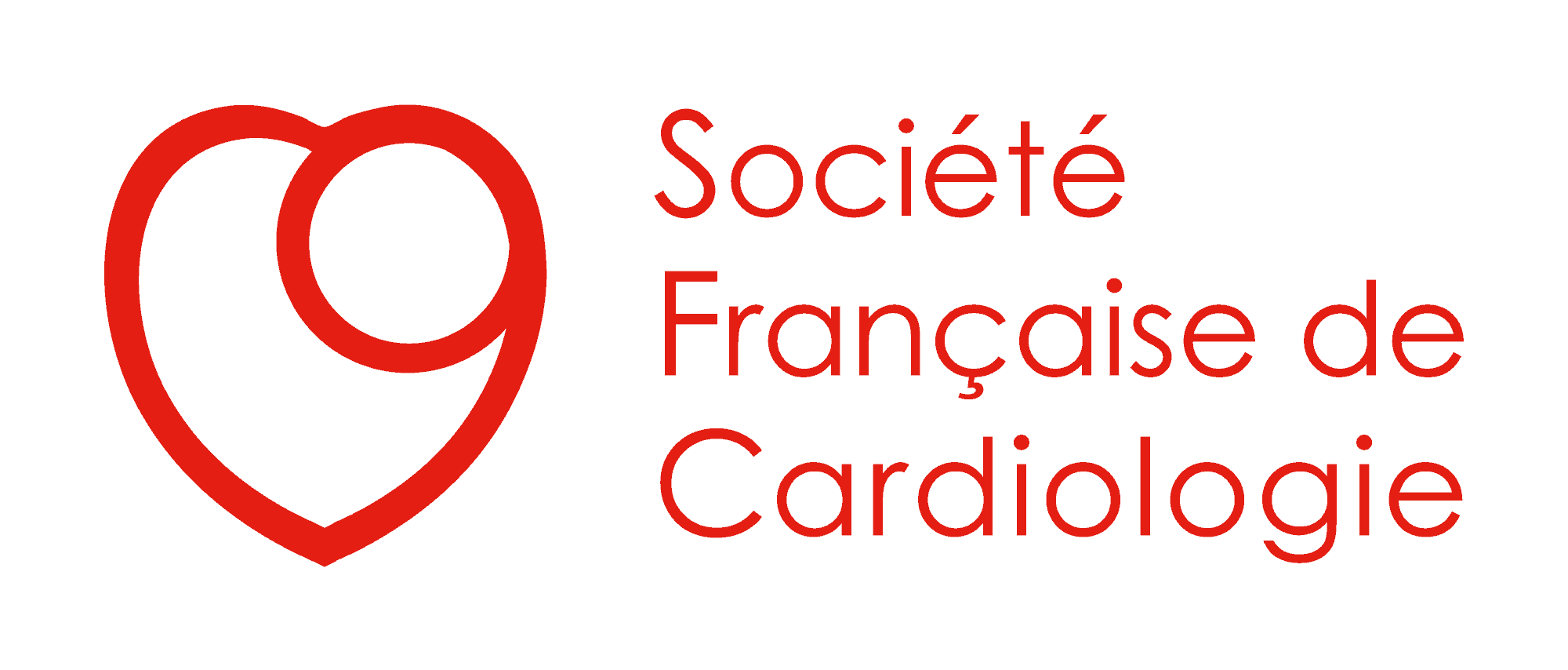Suivez-nous sur les réseaux sociaux !
Retrouvez les articles immanquables des Archives of Cardiovascular Diseases, revue scientifique mensuelle en anglais de notoriété internationale.
Voici un aperçu rapide des sujets abordés dans cette publication :
Dernières publications
Publications
Changes in amyloidosis phenotype over 11 years in a cardiac amyloidosis referral centre cohort in France
Voici un aperçu rapide des sujets abordés dans cette publication :
Archives of Cardiovascular Diseases | Article du mois – Octobre 2023
Thibaud Damy, Amira Zaroui, Marie de Tournemire, Mounira Kharoubi, Romain Gounot, Arnault Galat, Soulef Guendouz, Benoit Funalot, Emmanuel Itti, Louise Roulin, Vincent Audard, Pascale Fanen, Vincent Leroy, Elsa Poulot, Karim Belhadj, Sophie Mallet, Gagan Deep Singh Chadah, Violaine Planté-Bordeneuve, Thierry Gendre, Xavier Chevalier, Sandra Guignard, Emilie Bequignon, Sophie Bartier, Thierry Folliguet, François Lemonier, Etienne Audureau, Denis Tixier, Florence Canoui-Poitrine, Jean-Pascal Lefaucheur, Sarah Souvannanorath, François-Jerome Authier, Steven Maupou, Luc Hittinger, Valérie Molinier-Frenkel, Jean-Philippe David, Amaury Broussier, Silvia Oghina, Emmanuel Teiger
Abstract
Background
Early cardiac amyloidosis (CA) diagnosis enables patients to access effective treatments forbetter long-term outcomes, yet it remains under-recognised, misdiagnosed and inadequately managed.
Aim
To reduce diagnostic delays, we aimed to describe the epidemiological and clinical characteristicsand changes over an 11-year period.
Methods
This was a retrospective, observational cohort study of all patients referred to the Henri-MondorHospital for suspected CA.
Results
Overall, 3194 patients were identified and 3022 were included and analysed. Our patientscame from varied ethnic backgrounds, and more than half (55.2%) had confirmed CA. Over 11years, referrals increased 4.4-fold, mostly from cardiologists. Notably, wild-type transthyretin amy-loidosis (ATTRwt) became the predominant diagnosis, with referrals increasing 15-fold from 20 in 2010–2012 to 308 in 2019–2020. The number of amyloid light chain (AL) diagnoses increased, whilst variant transthyretin amyloidosis (ATTRv) numbers remained relatively stable. Concerning disease sever-ity, AL patients presented more frequently with severe cardiac involvement whereas an increasing numberof ATTRwt patients presented with National Amyloid Centre stage I (22.0% in 2013–2014 to 45.9% in2019–2020). Lastly, among patients diagnosed with ATTRv in 2019–2020, 83.9% had ATTR Val122Ilecardiac phenotype.
Conclusions
This study shows that increasing cardiologist awareness and referrals have increased CAdiagnoses. With improved awareness and non-invasive diagnostic techniques, more patients with ATTRwtwith milder disease and more ATTRv Val122Ile mutations are being referred and diagnosed. Althoughmore AL cases are being recognised, patients are diagnosed with severe cardiac involvement.
Partagez cet article :
Partagez cet article :
Written by : SFC
Plus de publications de la SFC

CARDIOLOGIE PÉDIATRIQUE Heart failure in patients with a systemic right ventricle: A multicentre study [...]

CARDIOLOGIE PÉDIATRIQUE Congenital Heart Disease transition practices in the United States: a survey of [...]




